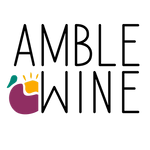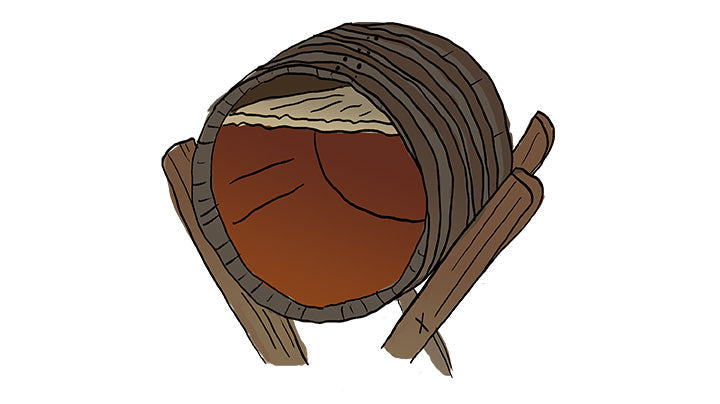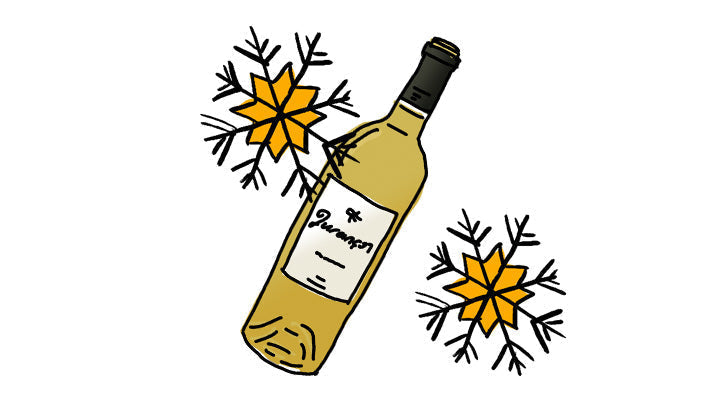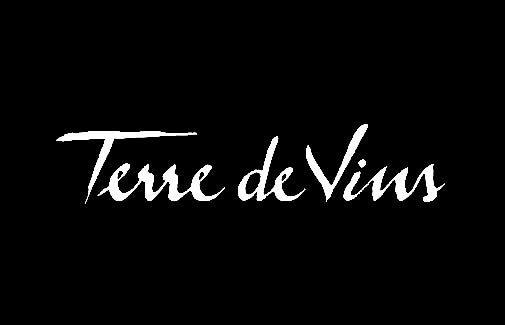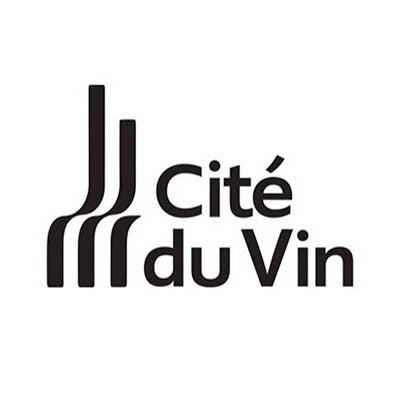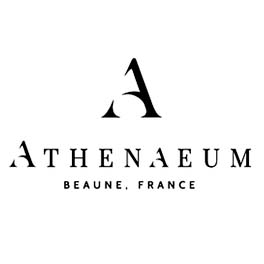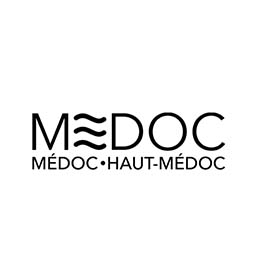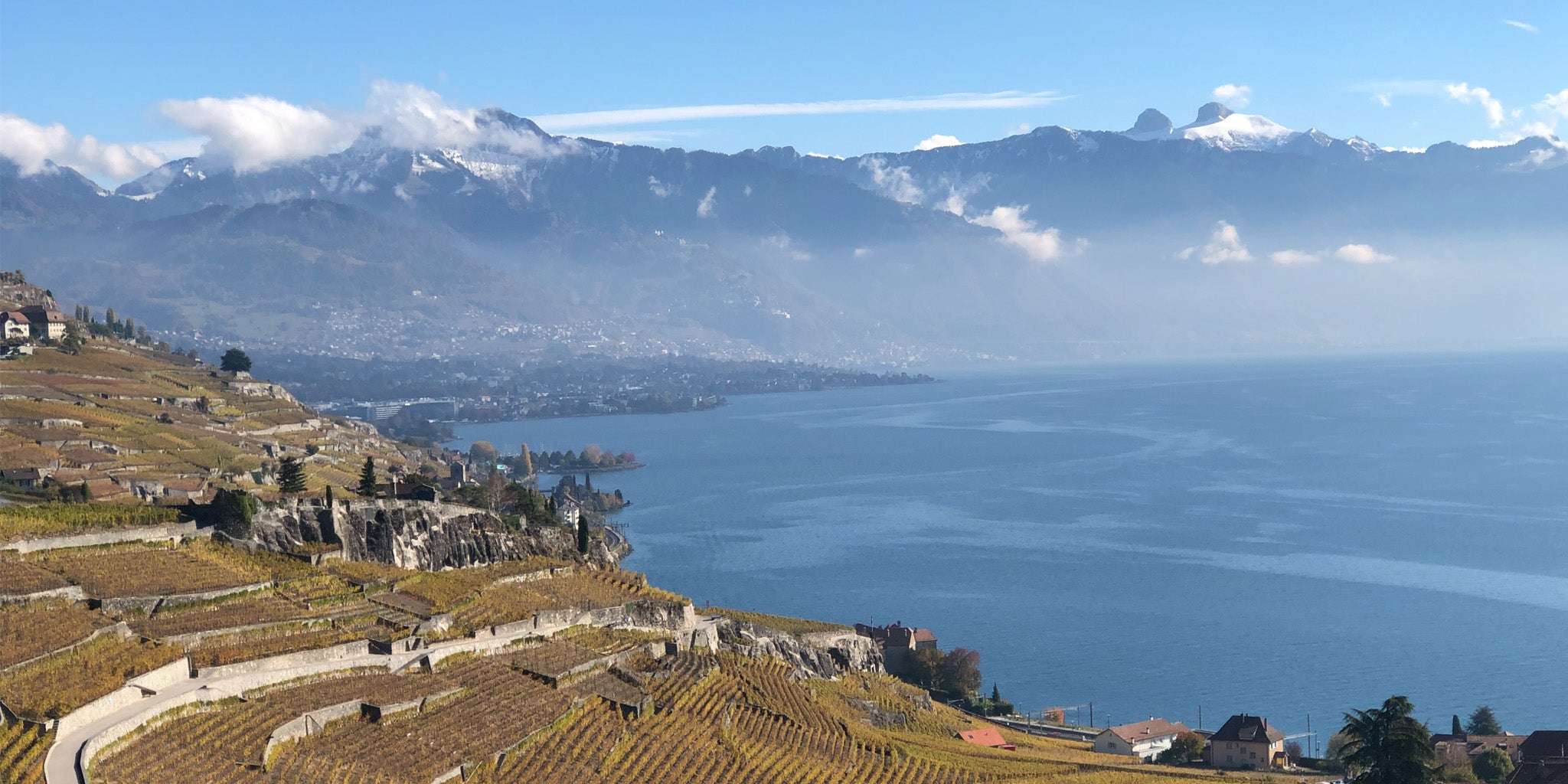Here are advantages and drawbacks of drip irrigation in viticulture:
Advantages 👍
-
Water efficiency: Delivers water directly to the roots at a slow rate, reducing water loss through evaporation and promoting sustainable viticulture, especially important in regions where water is scarce.
Drip irrigation is the most efficient irrigation system compared to overhead sprinklers (which distribute water over a wider area) and flood irrigation (where large volumes of water cover the vineyard). - Precision viticulture: Enables customised watering across different vineyard plots, adjusting for soil type and vine age to optimise vine health and grape quality.
- Supports young vines: Young vines require controlled hydration to establish strong, deep root systems, particularly in dry climates.
- Disease control: Keeps foliage dry, which reduces the risk of fungal diseases.
Drawbacks 👎
- Installation and maintenance costs: Initial setup and ongoing maintenance can be expensive, particularly in large or remote vineyard operations.
For winemakers in regions where water is scarce, drip irrigation offers a sustainable and precise solution for vine hydration. However, some opt for dry farming, relying on natural rainfall alone. This approach encourages deeper root growth and can produce smaller, more concentrated grapes. This often leads to higher-quality wines while conserving precious water resources, making it an environmentally friendly choice.
